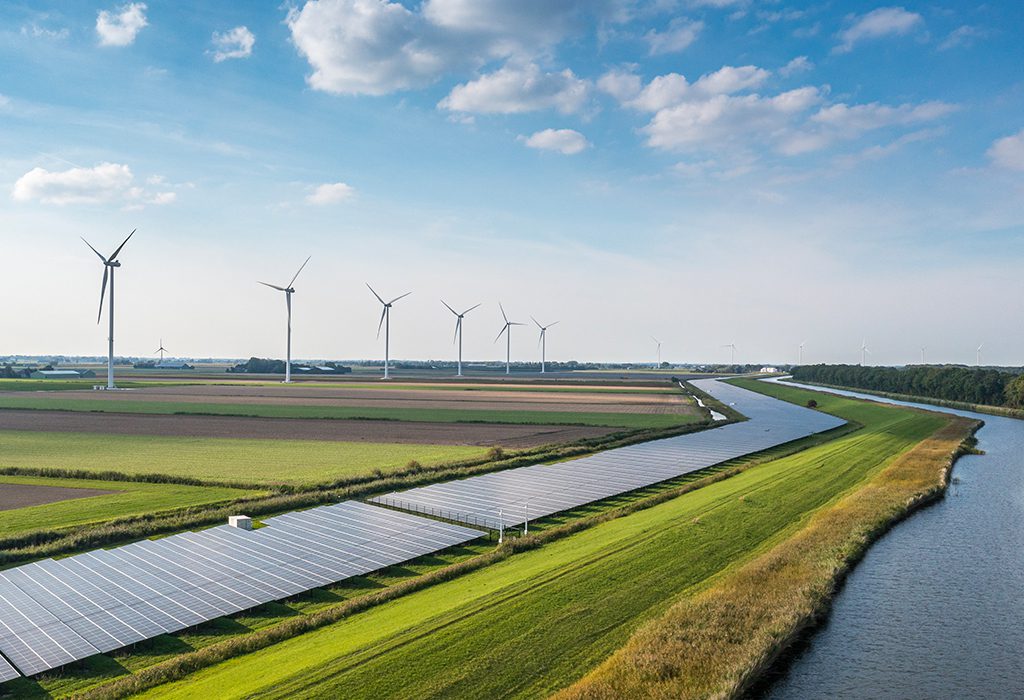
IESE Insight
Climate finance: not one solution, but many
How should trillions of dollars of private capital be deployed to tackle climate change and finance a green transition?
Financial decision-making and climate-related risks are inextricably linked, and the relationship between them will be key to achieving the climate transition. This is the subject of a new book, Climate Finance, by IESE’s Nuno Fernandes.
This book is for all stakeholders: investors concerned about their portfolios, corporate executives, board members, central bankers, as well as general readers; from those addressing the low-carbon transition through monetary policy, to those looking for a better understanding of how financial and ESG concepts work in tandem. The book covers sustainable finance topics and climate-related frameworks, balancing investor and corporate needs.
No company will be immune from climate change
More and more companies are realizing that their assets will not be safe. Some will need to be written off entirely. And while the effects will disproportionately affect countries in the Global South, developed nations like the United States will also face adverse consequences. Beyond extreme weather events, there will also be increased inflation, supply-chain disruptions, healthcare costs and productivity issues.
Globally, different sectors face different degrees of risk in the green transition, with those that contribute most to CO2 emissions (such as transportation and food, accounting for about 40% of greenhouse gases) more affected than others. There will be transitional costs for these sectors as climate policies change, such as regulations and restrictions on the use of certain resources. CFOs will need to carefully factor possible impacts across different parts of firm operations.
Even sectors that are not directly affected will need to adapt to changes in markets, technologies, stakeholder reactions, and the regulatory landscape. Fernandes provides empirical evidence of the links between financial actions and climate-related risks and opportunities, to present multiple ways forward.
The limits of ESG to tackle climate change
ESG has been a buzzword of late, as socially conscious investors aim to apply environmental, social and governance criteria, and invest in sustainable assets.
But such assets, Fernandes demonstrates, can be highly vulnerable to greenwashing. This isn’t always intentional and can be caused by a lack of clarity and conformity among ESG criteria and ratings, which often bundle environmental metrics with scores on education, life expectancy and other development criteria.
For example, Saudi Arabia, which contributes over 18 tons of annual CO2 emissions per capita and whose government owns the largest oil company in the world, can receive a good ESG rating due to high scores in other areas, such as human capital and education.
Overt examples of greenwashing are rife, from IKEA buying illegally harvested Ukrainian wood for furniture, to H&M dumping “recycled” clothing in developing countries.
Sustainable assets will need strongly enforced criteria to retain credibility, and service providers of the investment value chain — asset managers, banks, index providers, rating agencies, standard-setting organizations and regulators — will also have to respond to new demands.
A multipronged approach to climate finance
So what does a financial response to the risks of climate change look like? It is no one thing but will involve many financial instruments working together with public initiatives.
Fernandes covers all the financing activities of companies, both through debt and equity, while also addressing financial market aspects, including green finance instruments, sustainability-linked products, ESG investment, climate financing, institutional investors, ESG ratings, activist investors, and more.
One area already being explored is green financial products, though each has its challenges and limitations. There are green bonds, which are issued by institutions to finance environmentally friendly projects. Other green financial products include transition bonds, project finance, and green and sustainability-linked loans. This is not exclusive to the Western world — between 2012 and 2019, China issued a total of US$142 billion of green bonds, 76% of the total emerging-market issuance for that period.
Capital markets and investors will also play a role in financing the transition and redirecting capital flows to sustainable projects. Corporate governance, shareholder activism and engaged boards of directors are all key to guiding business to more sustainable outcomes. Meanwhile, where ESG is appropriate, metrics must be applied to assess climate-risk vulnerability and the sustainability of projects.
Although the private sector has an important role to play in the transition, governments are key to regulation and to setting incentives for private-sector actors. Measures must include disclosure and transparency, supporting countries most affected by climate change or the transition, and financial market regulation.
Natural capital
Fernandes’ book dives into all these topics and more. In the long run, however, all these require a change in how we view nature: as a global public good and capital asset. As with any other type of capital, natural capital can contribute to economic growth and should be considered both as a resource and as an opportunity.
New demand and new markets will inevitably arise from changes in technology, consumer reactions and even resource restrictions, which themselves will power innovation. Those companies that are prepared will be able to cater to these new market needs.
About the book
This book pulls from a wealth of professional experience and highlights evidence from markets, academic research and practical case studies featuring leading companies and investors.

